The natural world is filled with moments of wonder and terror — and it’s those moments that are captured in the finalists of this year’s BMC Ecology and Evolution image competition. The photo contest, now in its second year, is intended as a creative showcase of the work that ecologists and evolutionary biologists perform out in the field, as well as the tightly interconnected relationships between animals and their environments (humans included).
The 2022 winner is something that would fit right at home inside of a John Carpenter horror film, as it features a fungus bursting out of its fly host on its way to infect others. But there are less gruesome sights to behold as well, like an anole lizard using a nifty trick to breathe underwater. A total of 12 finalists are featured this year, including the overall winner, a winner and runner-up for four specific categories, and three honorable mentions.
“Judging the many outstanding images submitted to this year’s competition was a wonderful and challenging experience. Our senior Editorial Board Members used their expertise to ensure the winning images were picked as much for the scientific stories behind them as for the technical quality and beauty of the images themselves,” said BMC editor Jennifer Harman in a statement provided to Gizmodo. “We thank all those who took part in this year’s competition and we hope that our readers enjoy viewing these images and discovering the stories behind them.”
The Zombie Fly
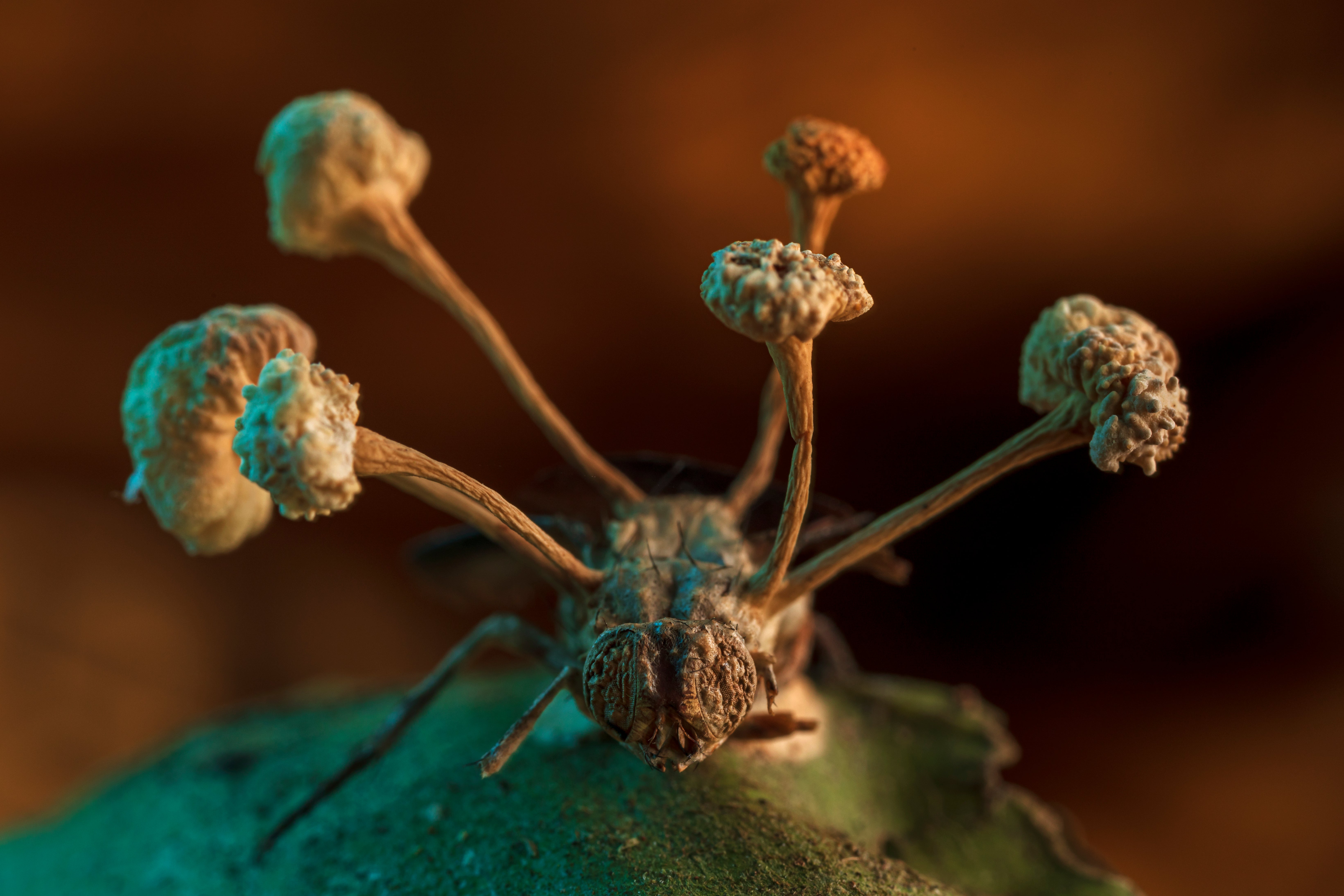
This year’s top winner shows the fruiting body of a parasitic fungus breaking free from the body of a fly — the final stage of a horrific puppet act that will only repeat itself again and again.
“The image depicts a conquest that has been shaped by thousands of years of evolution,” said photographer Roberto García-Roa, a researcher at the University of Valencia in Spain. “The spores of the so-called ‘zombie’ fungus have infiltrated the exoskeleton and mind of the fly and compelled it to migrate to a location that is more favourable for the fungus’s growth. The fruiting bodies have then erupted from the fly’s body and will be jettisoned in order to infect more victims.”
Kids in the Pool
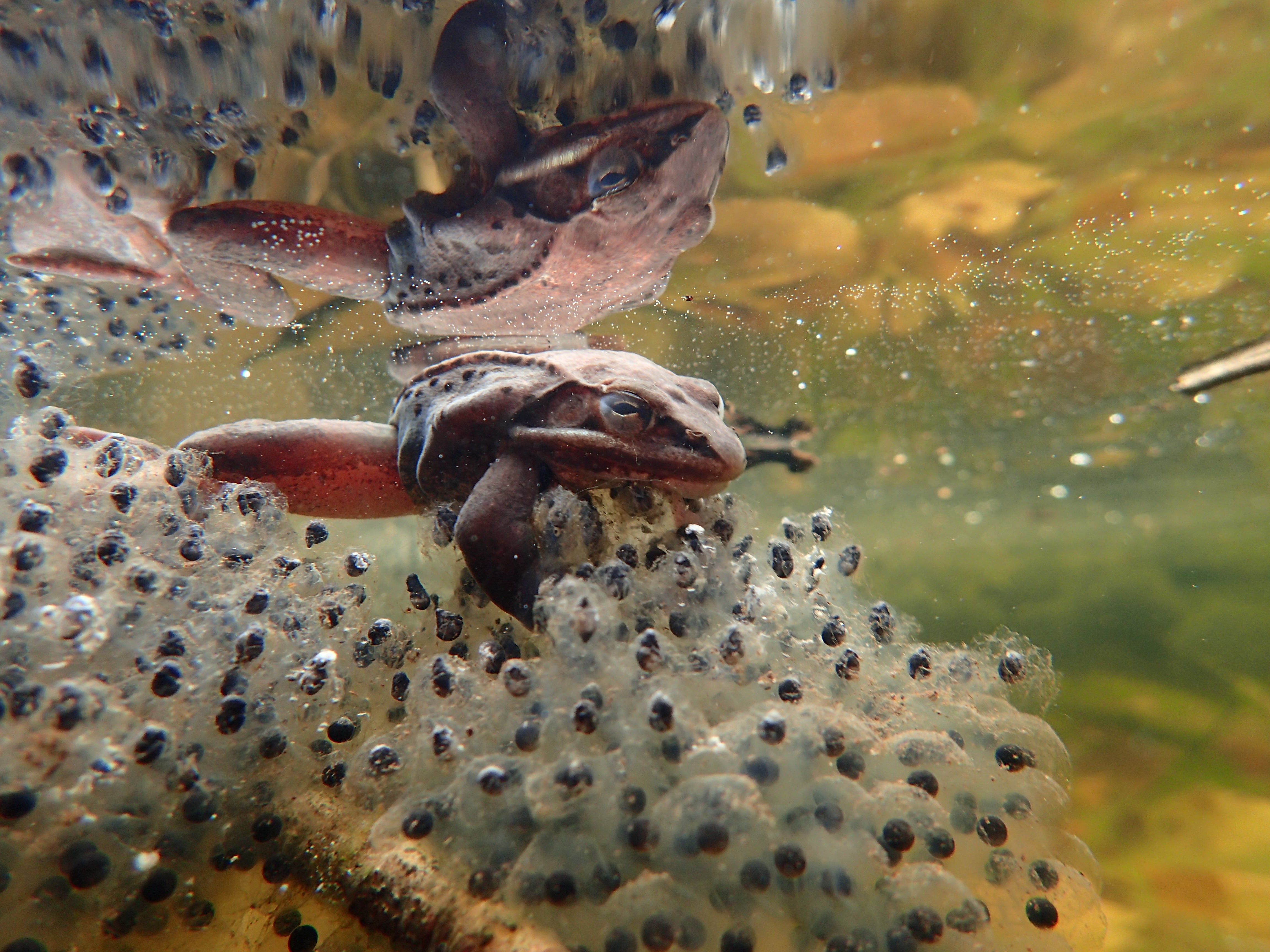
The runner-up in the “biodiversity under threat” category, this photo depicts a male wood frog clinging to an egg mass. Wood frogs are known for being able to survive winters by freezing themselves. And though their populations aren’t in serious danger currently, many of the forested habitats they occupy throughout North America are being threatened by urbanisation, while climate change may be harming the survival of their eggs, which are often laid in temporary puddles or pools of water.
Glow-in-the-Dark Life
One of the three highly commended photos chosen this year, the image depicts a species of bioluminescent fungi in the rainforests of Borneo, the world’s third largest island located in southeast Asia.
Dinner-to-Go
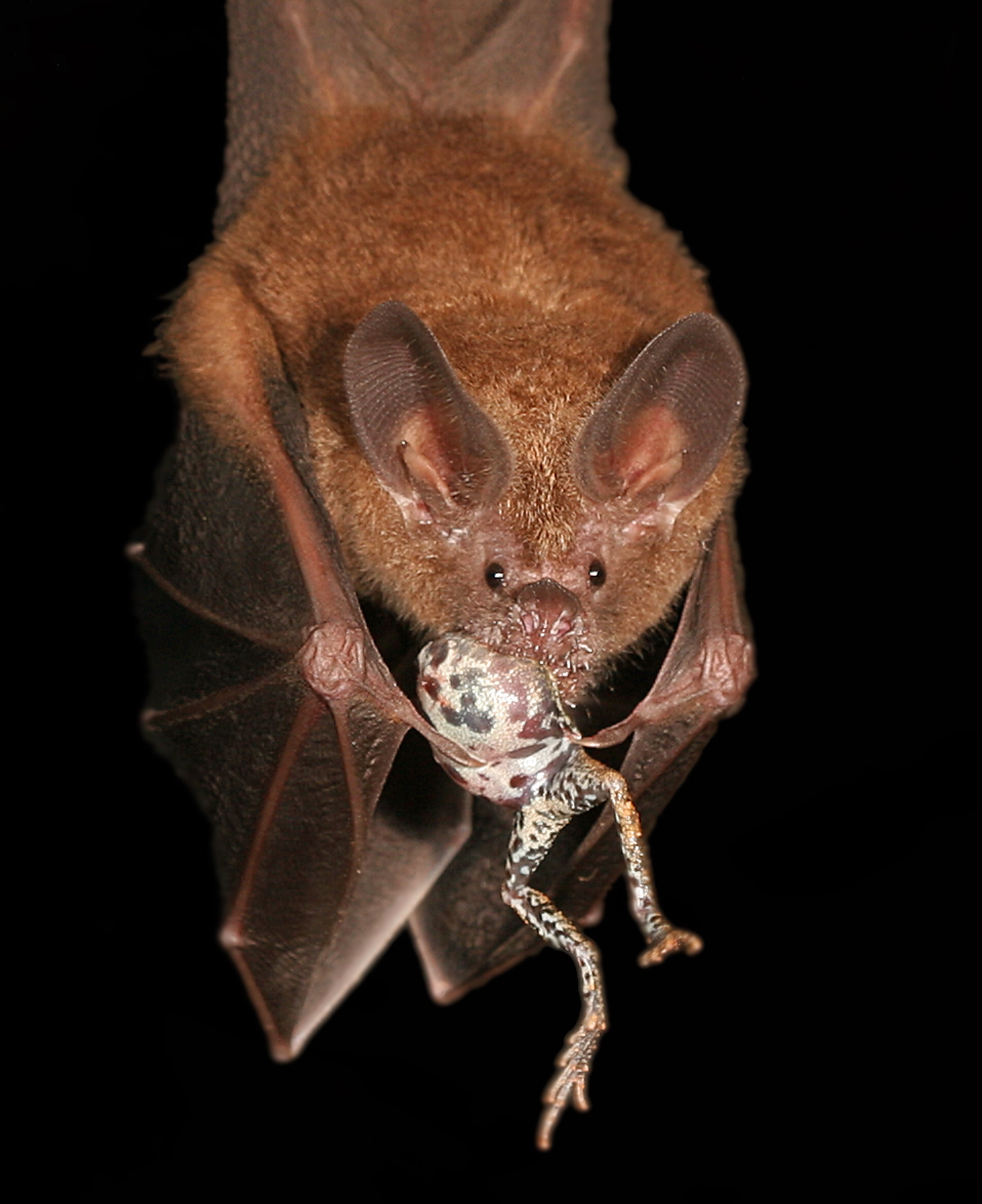
The runner-up in the “relationships in nature” category, this photo shows a fringe-lipped bat (T. cirrhosus) about to chow down on a túnagara frog (P. pustulosus). Male frogs of this species are thought to risk death by bat when they send out their mating calls. Though they will stay quiet once they hear the fluttering of bat wings, the ripples they create in the water that they’re standing in while singing can still draw in a predator.
Otherworldly Eggs
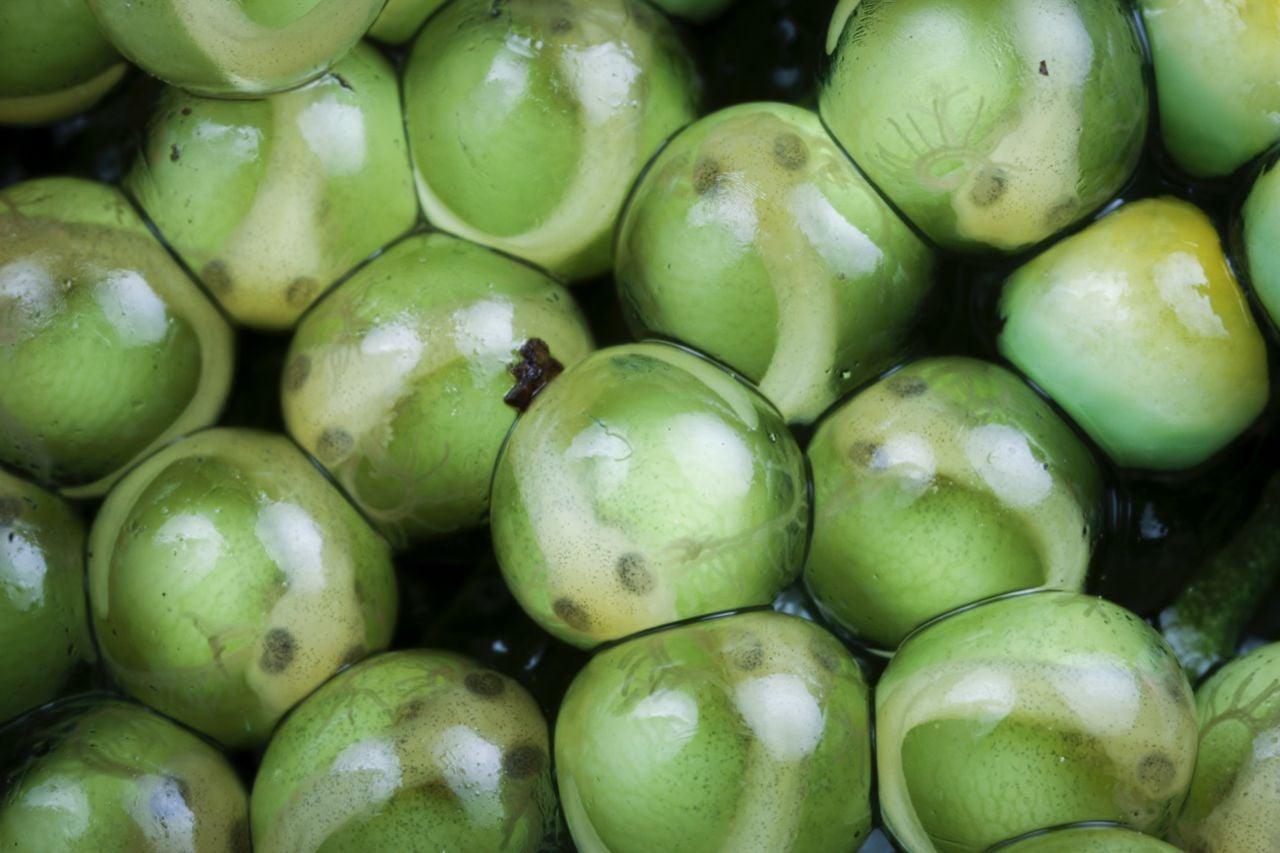
The winner of the “life close up” category, the green alien-looking gobs are actually gliding tree frogs in one of their earliest stages of life. These frogs can be found throughout Colombia, Costa Rica, Ecuador, and Panama, and are sadly being threatened by the loss of their tropical habitats.
Finding Shade
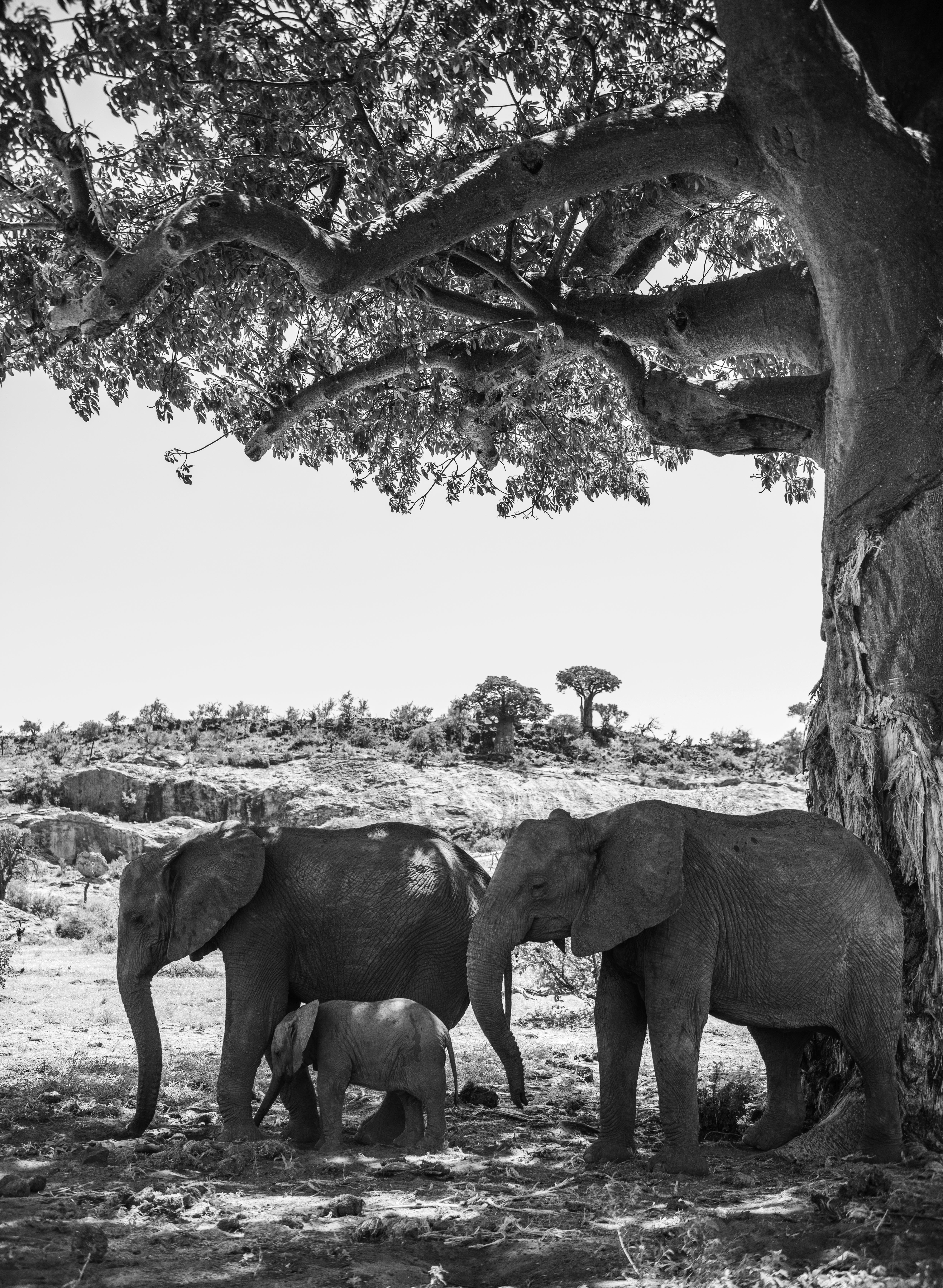
The winner in the “biodiversity under threat” category, this photo shows African elephants finding shade under a baobab tree in South Africa’s Mapungubwe National Park. Unfortunately, rising global temperatures have imperiled the delicate balance between these trees and elephants.
“Baobab trees can live for more than 2,000 years and store water in their barrel-like trunks when water is scarce. The tree in this image has had its bark stripped by elephants seeking water. Although these trees are usually fast-healing, this damage is more than baobab trees can cope with as temperatures rise due to climate change,” said photographer Samantha Kreling from the University of Washington. “This photograph highlights the need for action to prevent the permanent loss of these iconic trees.”
A Rare Find
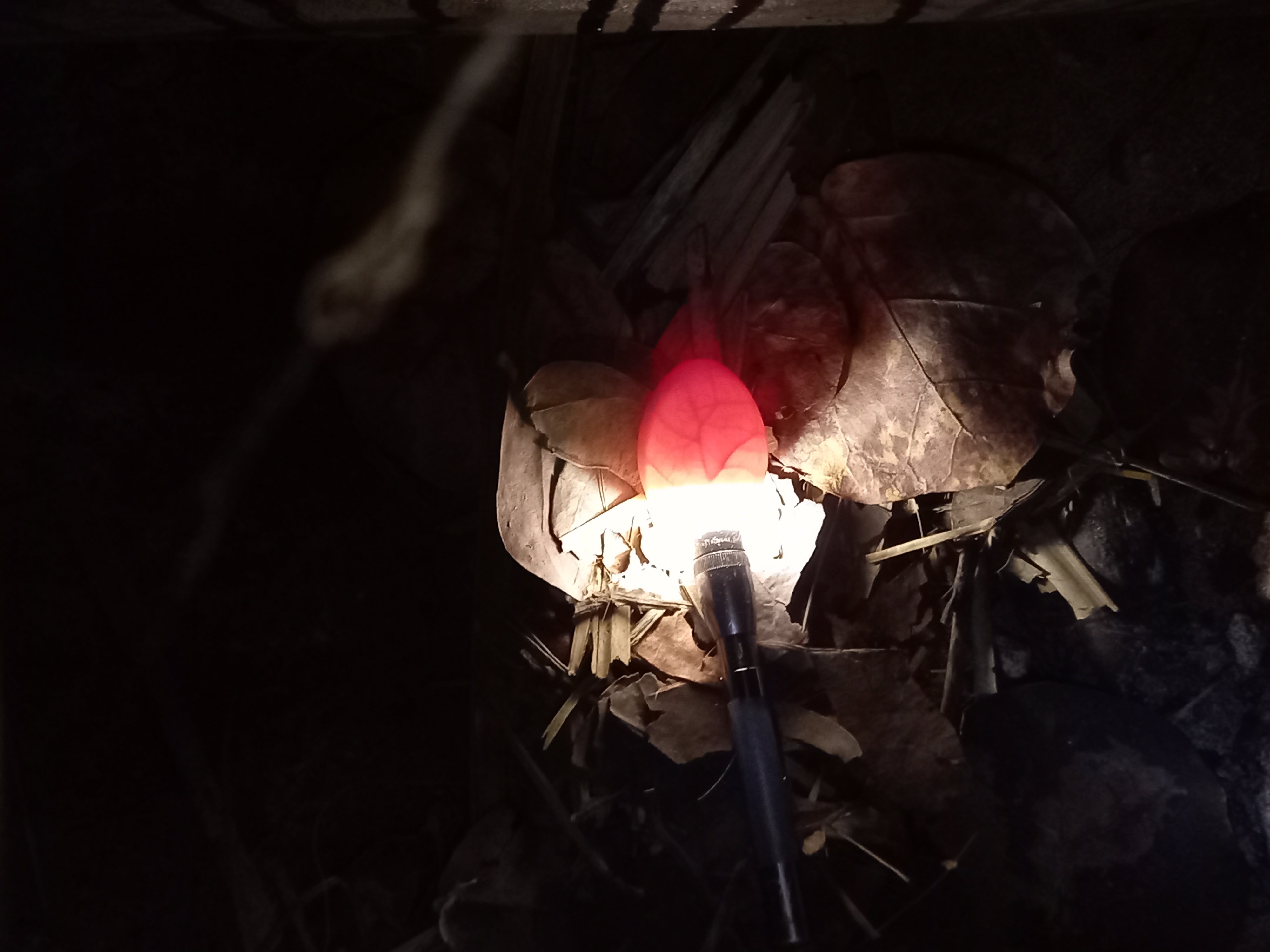
Though it may be difficult to tell, this image shows researchers using a light to monitor the health of a egg from a Bermuda petrel, a songbird almost lost to legend. The national bird of Bermuda, it was believed to have gone extinct for hundreds of years, until a population was rediscovered in the 1950s. Conservation efforts have begun to increase its numbers, but it remains the second rarest songbird in the world, making any egg sighting all the more special. This is another highly commended selection.
Breathing Easy

The runner-up in the “life up close” category, this photo shows an anole lizard deploying a bubble to help it breathe underwater, which it can do for up to 18 minutes. The lizard appears to create the bubble while exhaling, and it seems to function like a scuba device, with the lizard breathing in recycled air that contains unused oxygen. The clever adaptation is believed to help them to better evade predators on land.
Starry-Eyed Research
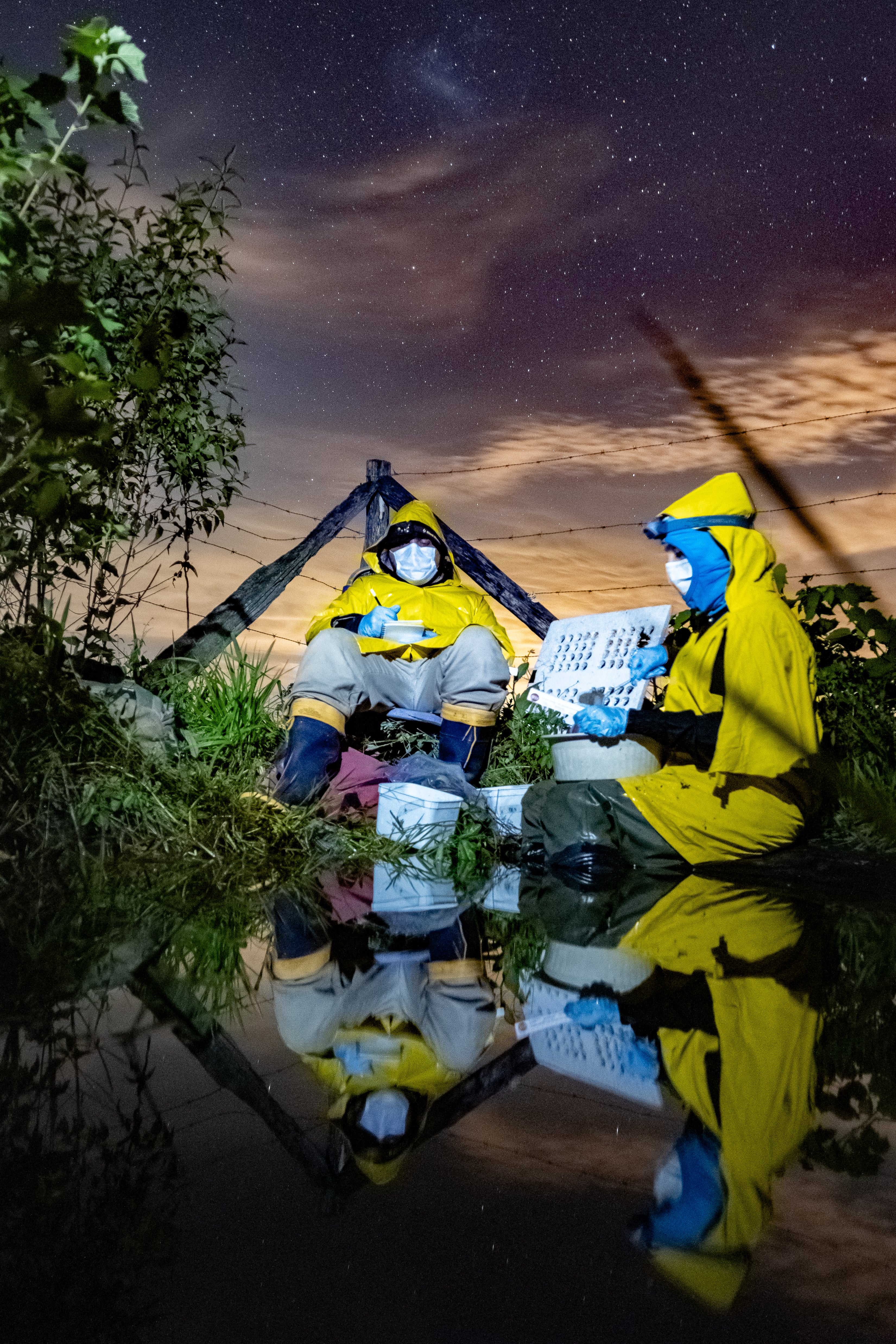
The winner of the “research in action” category, this photo taken by Jeferson Ribeiro Amaral from Cornell University shows researchers in Brazil conducting fieldwork on local frog populations amidst a thunderstorm. The photo is all the more poignant because the researchers were working during the early days of the covid-19 pandemic, which has hit Brazil especially hard.
“The researchers in this image are representative of so many others who carried on working throughout the covid-19 pandemic,” said Amaral. “This image demonstrates their strength and dedication to understanding our world as they carry out their work despite thunderstorms and a global pandemic.”
The Perils of Plastic
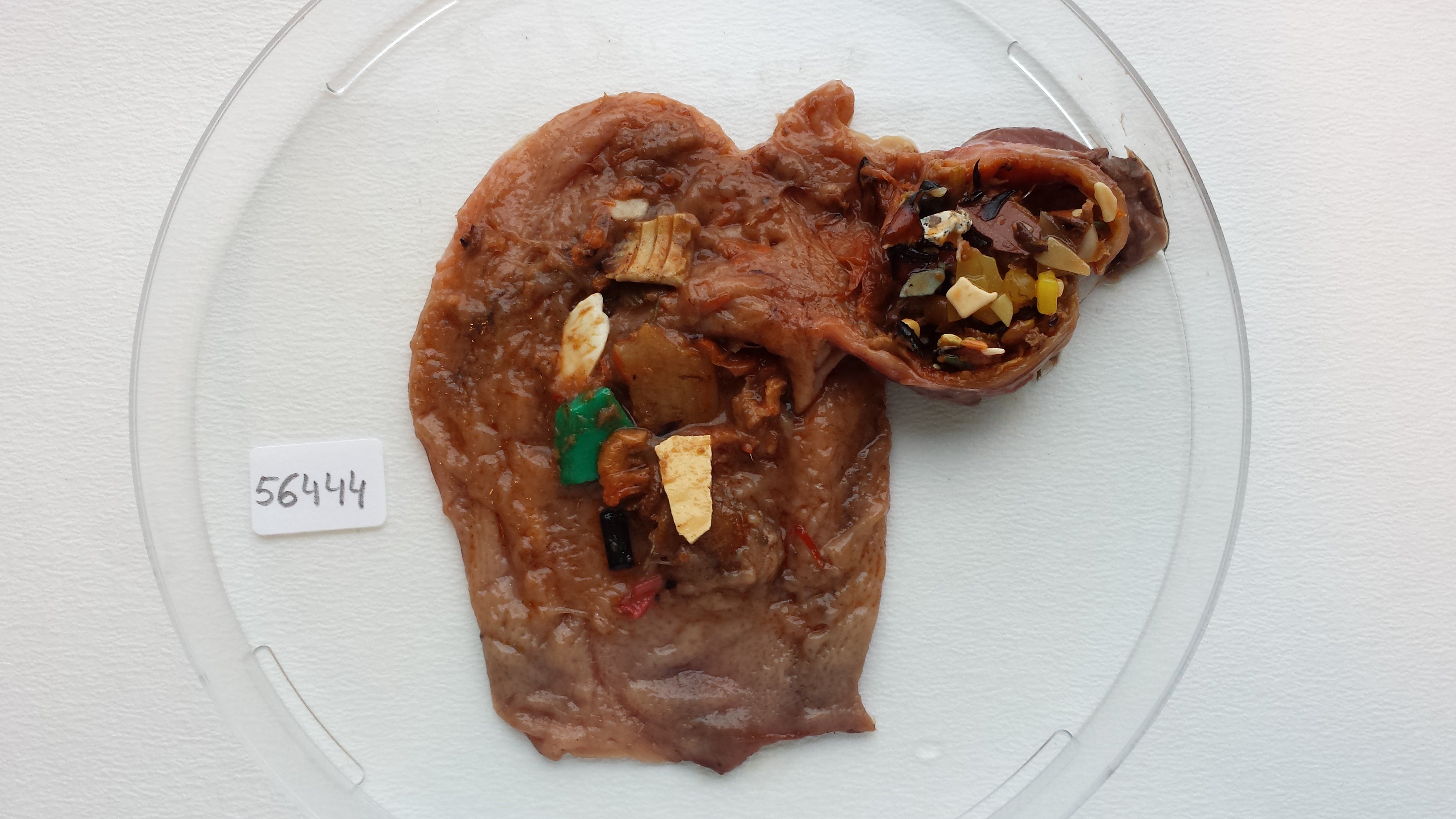
The third highly commended selection shows the stomach contents of a seabird, which is noticeably riddled with plastic waste. Many experts believe that plastic has become a major global health threat, especially to marine life. Plastic doesn’t fully decompose ,and tiny bits of plastic (microplastics) are thought to affect the health of many animals, including humans.
Boozy Berry Birds

The winner of the “relationships in nature” category, this photo shows a Bohemian waxwing gorging itself on fermented rowan berries. The bird and other species of waxwings have a fierce appetite for the fruit and can eat hundreds of them in a single day. In order to tolerate the high amounts of alcohol contained in the berries, they’ve also developed larger livers over time, though they’ve still been known to become intoxicated as a result, even to the point of death.
A Forest Singles Mixer
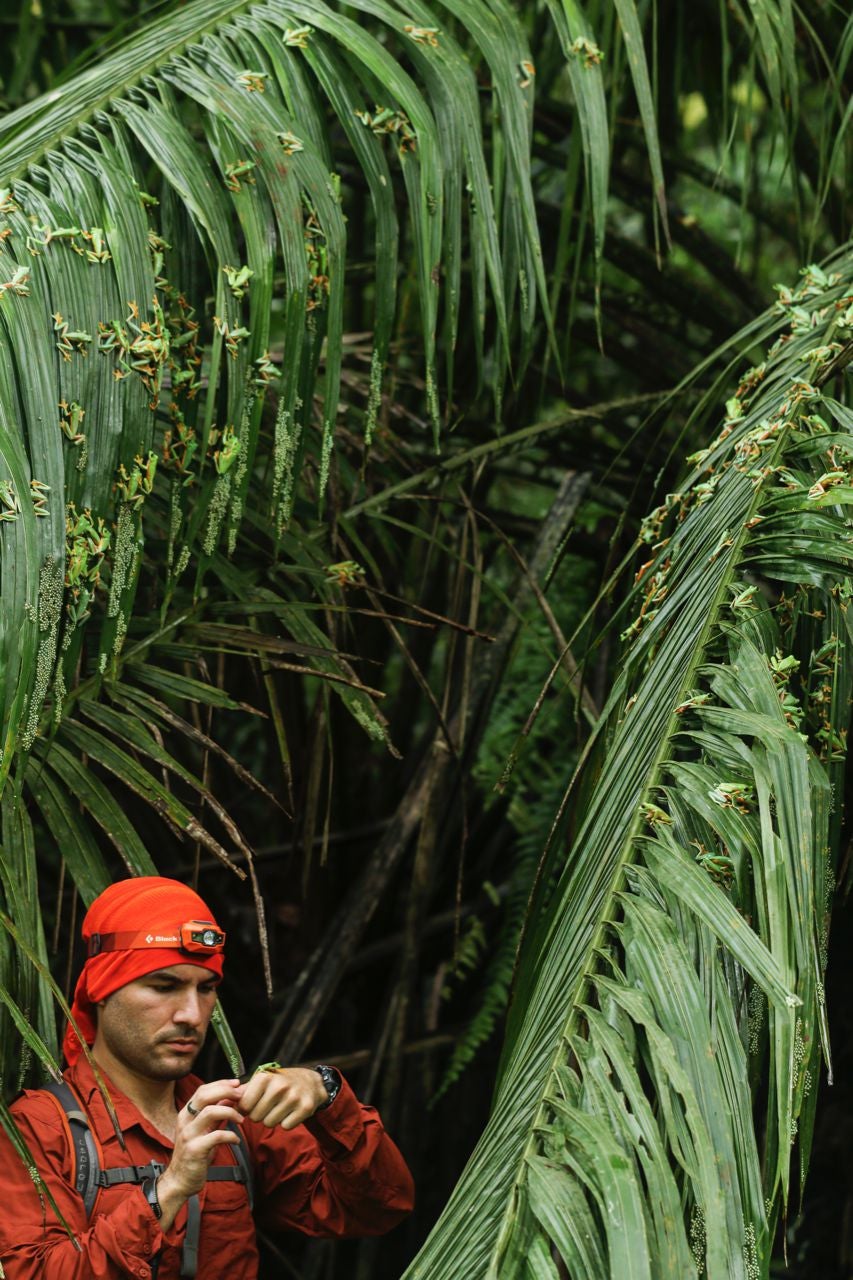
The runner-up of the “research in action” category, the photo shows researcher Brandon André Güell underneath thousands of reproducing gliding treefrogs. These frogs will engage in large-scale breeding sessions following rainstorms, and the eggs they leave behind will hatch six days afterward.
